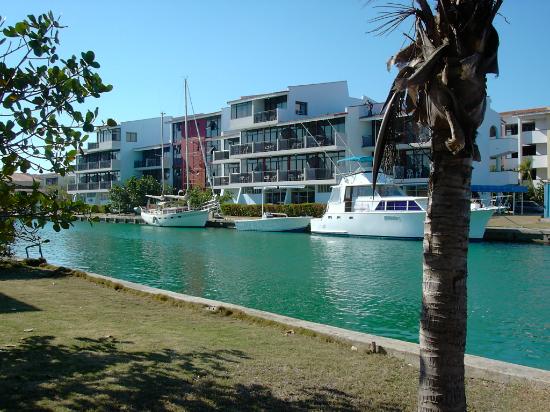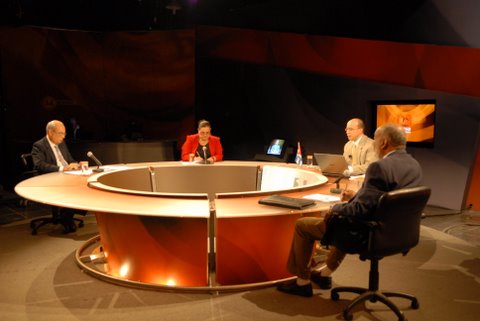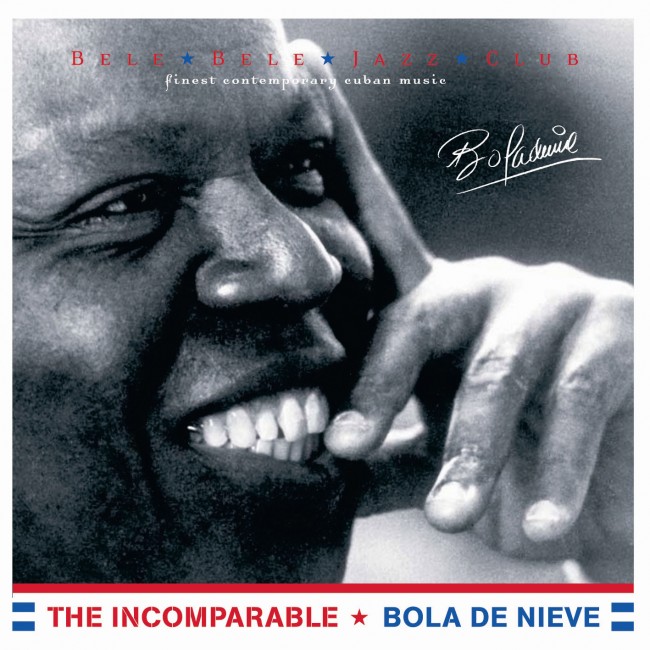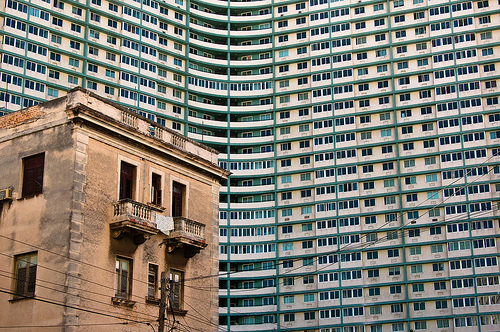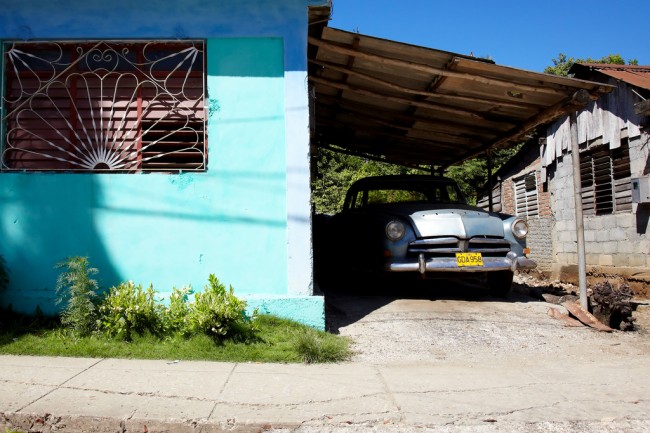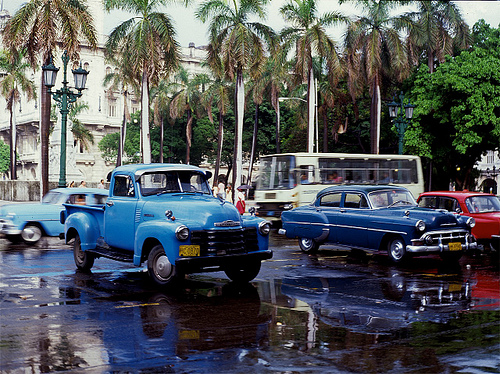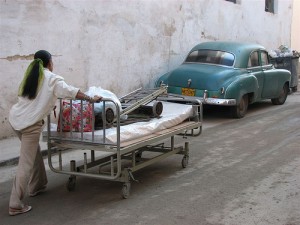 And not because of an earthquake. Quietly, one business after another is closing. Although the official Cuban press, the most optimistic in the world, ignores this, from 2000 to the present you can count on one hand the number of foreign investors who have kept their businesses in Cuba.
And not because of an earthquake. Quietly, one business after another is closing. Although the official Cuban press, the most optimistic in the world, ignores this, from 2000 to the present you can count on one hand the number of foreign investors who have kept their businesses in Cuba.
Italian businessmen in the telecommunications sector, who invested in ETECSA, the only company on the island in that industry, said goodbye a year ago. Israeli businessmen who bought the citrus production of Jaguey Grande, in Matanzas, and produced fruit juices, have also gone.
According to a source who prefers to remain anonymous, investors from the largest foreign investor in Cuba, Canada’s Sherritt, specializing in the mining business, are conducting a feasibility study. If they get red numbers, they will pack their bags.
The building construction sector has been immobilized for seven years on the direct orders of Fidel Castro. So what remains are a few companies in the field of tourism. China and Russia, the candidates sought by the leaders of the island, look askance at the proposals offered to them.
They know that Cuba’s ability to pay is almost nil. Russia is already owed several billion rubles. And China, with a similar ideological outlook, will donate a couple million dollars in the event of a hurricane, but if you don’t have money to pay them, see you later.
The trump card that the Castros play is the Venezuela of Hugo Rafael Chávez Frías. It is a bet on foolishness and voluntarism. More of the same. But there are not many options for a government that has a grudge against the market economy because a group of people got rich.
In 2010 the economic alliance with Caracas is all that remains. And it’s barely working. The only benefit is being able to buy oil at bargain prices, without having to pay for it in hard currency. Cuba pays for the black gold with human capital: military or civilian, medical and sports trainers.
There will not be an abundance of food on the tables of the poor on this island or in Venezuela, nor will life be better because of this alliance. For one thing, both nations manage their economies on the fly. In the case of Cuba, it is striking how they continue to bet on the centralized economy.
Having coinciding ideologies, as is the case with Castro and several presidents of the Hemisphere, is not the same as creating a coherent strategy for designing a sustainable economy. Virulent and polarizing speech does not count in economics. What matters is to save and work hard to get out of the deep hole of poverty.
To justify their failures, the Castros have their favorite weapon: the Yankee embargo. But no one but a fanatic or a moron could seriously blame only the U.S. embargo for the poor performance of the local economy. It doesn’t take a think-tank, or an expert in economic matters, to point out those responsible for sending the Cuban economy back to the stone age.
If Fidel Castro is credited with the glory of the vaunted successes in education, sports, and public health, then he should also be charged with the failures. His experimental manner of managing the island’s economy would fill several volumes of nonsense.
Inflating numbers and lying while making annual financial reports is not going to solve our problems. Now, General Raul Castro and his advisers are seeking a range of solutions to break the deadlock in which they find the economy.
As an experiment they are thinking of renting business places, such as barber shops, cafes, and taxis, to groups of workers. A kind of cooperative, where if they do well, the people will earn more money.
It remains to be seen if this formula works. So far, Roberto Guerra, manager of a dilapidated Havana pizzeria, has his doubts. “If they don’t free up the prices of products, and if we are bound to sell at the price assigned to us by the State Committee on Prices, this recipe will not work.”
The government knows better than anyone that people on the street are very upset with the performance of the economy and lack of future in their lives. Cubans want change in economic matters. They want them to allow unlimited self-employment and to reduce taxes.
But they want more. They want to invest in medium-sized enterprises with their relatives residing in the United States if the regime will authorize it. Raul Castro knows that something must be done, but like his brother, he is afraid that a series of economic reforms will be uncontrollable by the government.
The Cuban revolution has been more political than economic. And now what preoccupies the leaders on the island is hanging onto power. If in the future a leader or political group manages to get on track and makes the Cuban economy thrive, they will be awarded a gold medal.
Iván García
Translated by: Tomás A.

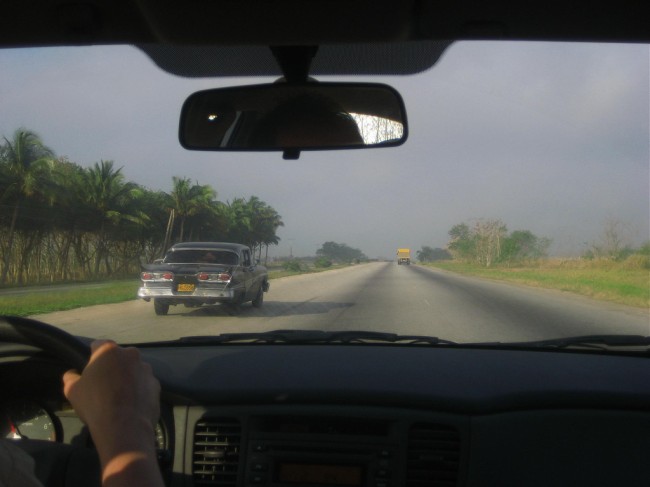
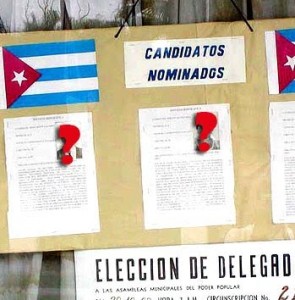 Clara Fuentes, 39-years-old, was never very bright. She was a headstrong girl, raised in a small house of 15 meters without bathrooms or drinking water. Her father was a zombie-like sign painter; most days he was on strike, trying to scare up some money to raise his two daughters.
Clara Fuentes, 39-years-old, was never very bright. She was a headstrong girl, raised in a small house of 15 meters without bathrooms or drinking water. Her father was a zombie-like sign painter; most days he was on strike, trying to scare up some money to raise his two daughters.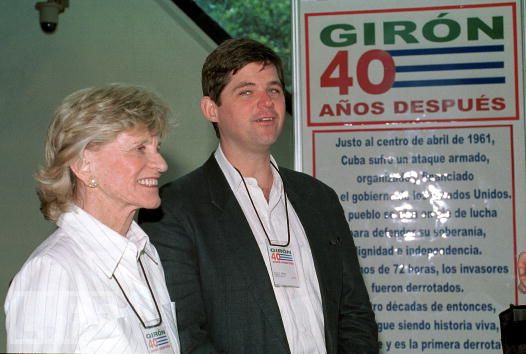
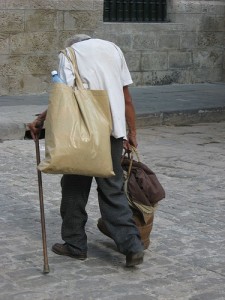 Life for Juan Domeq, age 69, is a vicious cycle. He gets up every morning at 5:30 am and slowly hobbles to a newsstand to buy 50 issues of the newspaper Granma, and the same number of Juventud Rebelde. Domeq spends 20 pesos (less than US$1) for the hundred copies. If he can sell them at 1 peso each, he gets 80 pesos profit, but he doesn’t often sell that many issues.
Life for Juan Domeq, age 69, is a vicious cycle. He gets up every morning at 5:30 am and slowly hobbles to a newsstand to buy 50 issues of the newspaper Granma, and the same number of Juventud Rebelde. Domeq spends 20 pesos (less than US$1) for the hundred copies. If he can sell them at 1 peso each, he gets 80 pesos profit, but he doesn’t often sell that many issues.